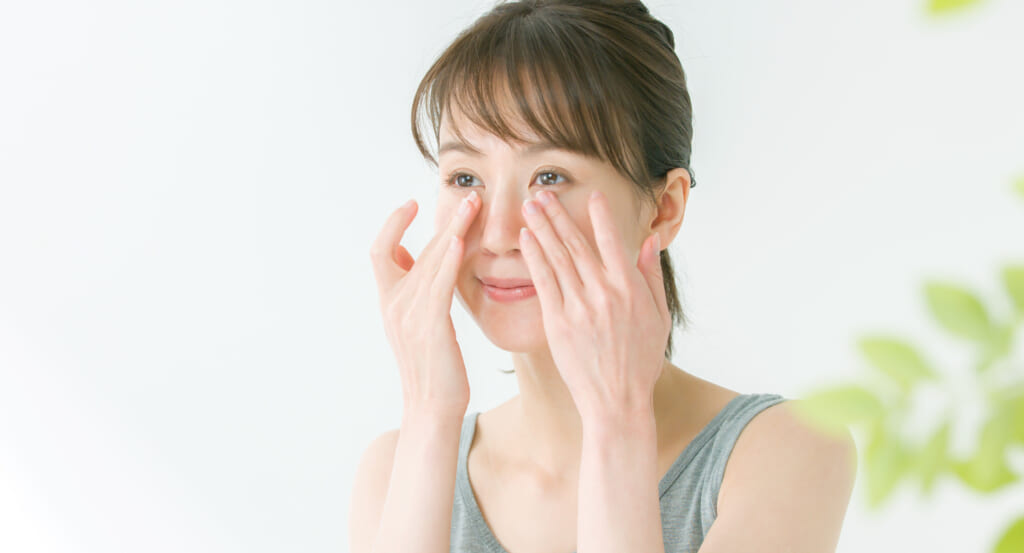What is Retinol, Anyway?
As a master antioxidant, retinol is your go-to solution for combatting visible aging signs. Sourced from vitamin A, this skin-renewing ingredient joins forces with its family members—retinoic acid and retinyl palmitate—to transform your skin. It’s responsible for skin cell rejuvenation, complexion brightening, acne reduction, and boosting collagen production. Its stellar performance in shedding lifeless skin and unclogging pores has solidified its position as an industry frontrunner.
Navigating Retinol Use for Sensitive Skin
You may be questioning, “Can retinol coexist with my sensitive skin?” The clear answer is absolutely yes. Used wisely, retinol offers benefits across a range of skin sensitivities. Gradual integration is key; start with products of lower concentration and escalate as your skin acclimates, all while maintaining moisture balance with a lightweight cream.
Read More: Top 5 Perks of Collagen for Skin
Your Retinol Starter Guide
Since retinol is light-sensitive, it comes in dark or opaque containers. The safest time for its application is the evening to mitigate any sun-induced risks. If you’re new to retinol, follow these introductory steps:
- Step 1: Kickstart your retinol regimen by applying it twice a week in the evenings.
- Step 2: As your skin adjusts, shift to using it every other day.
- Step 3: If all goes well, consider leveling up to daily use.
Be alert: signs of overuse include skin redness or flakiness. Remember, a small amount of retinol goes a long way. Also, pay attention to often-overlooked areas like your neck and décolletage.
And of course, a daily broad-spectrum SPF of at least 30 is mandatory when retinol is in the picture.
Discover More: Top 6 Advantages of Retinol
Insider Tips for Maximizing Retinol Benefits
- Skin Test: Start off with a low concentration—somewhere between 0.2% and 0.3%—to test your skin’s tolerance.
- Evening Routine: Retinol is best applied at night to prevent sun-sensitivity.
- Application Technique: On a clean and dry face, apply retinol in upward strokes, starting from your neck.
- Ingredient Compatibility: Steer clear of combining retinol with strong substances such as AHA or BHA, as this might aggravate your skin.
- Area of Focus: Avoid the eye, nose, and mouth zones unless you’re using retinol products specifically crafted for these sensitive areas.
Learn More: AHA vs BHA—What Sets Them Apart?
The Right Time to Introduce Retinol
While it’s commonly advised to begin using retinol in your 30s, many are choosing to incorporate it as early as their mid-20s, either to tackle specific issues like sun damage or to preemptively fight aging.
Summary
Though retinol might not produce instant results, its long-term benefits make it worth the commitment. Practice patience, adhere to proper usage guidelines, and the rewards will follow. No matter your age, adding retinol to your skincare routine is an investment you won’t regret.
Feel free to disseminate this all-encompassing guide through your channels like Instagram, Twitter, or your website to enlighten your audience about retinol’s indispensable role in skincare.





コメント